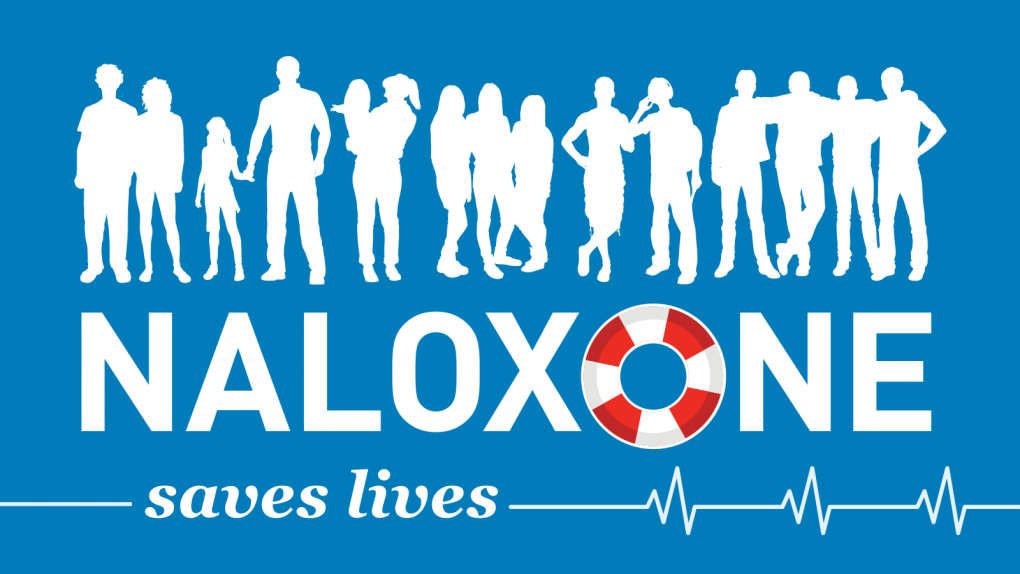OTC Naloxone Could Reduce Drug Overdose Deaths

There are widely available drugs and devices to help consumers who suffer a heart attack, allergic reaction or other health emergency but well-known and effective antidotes for drug overdoses are often locked up behind pharmacy counters.
It may be time to change that.
In a paper published in The American Journal of Medicine, Florida Atlantic University Schmidt College of Medicine researchers challenge health care providers to make Naloxone more widely available to fight the U.S. epidemic of drug overdose deaths.
In 2021, 100,306 Americans died from drug overdoses – a 28.5 percent increase from the prior year – with 75,673 attributed to opioids. Synthetic opioids, primarily fentanyl and natural and semi-synthetic opioids, are major contributors.
In addition, illicitly manufactured fentanyl often is added to other recreational drugs because of its low cost and increased potency. As a result, the risk of fatal overdose increases for all users, especially first-time or occasional users. About six out of 10 fentanyl-laced illegal drugs sold on the street now contain a potentially lethal dose of fentanyl.
Naloxone is an opioid receptor antagonist that rapidly reverses or blocks the effects of opioids, restores normal respiration and heart rhythm, and reverses the potentially fatal effects of an overdose.
Less than 1 in 70
Although naloxone is included in the recommendations by the United States Centers for Disease Control and Prevention, the drug is currently prescribed to less than 1 in 70 patients prescribed high-dose opioid prescriptions.
“Now is the time to become more proactive in the fight against opioid-related deaths,” said Allison Ferris, M.D., chair of the FAU Department of Medicine. “We propose a call to action for all health providers and state medical societies to ensure the widest distribution and easy availability of naloxone, including over the counter, which is likely to be FDA-approved very soon.”
The researchers say that patients who could be helped include the 22.5 million people, or about 8.5 percent of the U.S. population ages 12 or older, who need professional treatment for an illicit drug or alcohol use disorder.
The FAU researchers believe that health care providers should include nasal or auto-injector naloxone in their treatment program, both teaching how to use it as well as providing it upon discharge from drug treatment programs. They note that cost could be cited as a potential barrier, but the average retail price of Naloxone is under $100, far less expensive than the approximately $400 for epinephrine auto-injectors for emergency treatment of severe allergic reactions.
It would make sense naloxone available wherever there are portable defibrillators, especially since the drug could be lifesaving for those who have cardiac arrest due to opioid toxicity. Naloxone access laws to increase availability and access are presently under the control of each individual state.
“About one in five patients prescribed opioids for chronic pain have overdosed and more than half take other prescription drugs that may cause overdose as well as abuse alcohol. Many patients who are prescribed high doses of opioids have witnessed overdoses but fewer than 3 percent have naloxone available for immediate use,” said Hennekens.
The authors urged health providers to counsel patients who use drugs as well as their families to have a nasal spray or auto-injector of naloxone in the household. Health providers should more widely provide naloxone, and increasing the distribution to emergency personnel could avert about 20 percent of opioid overdose deaths.
